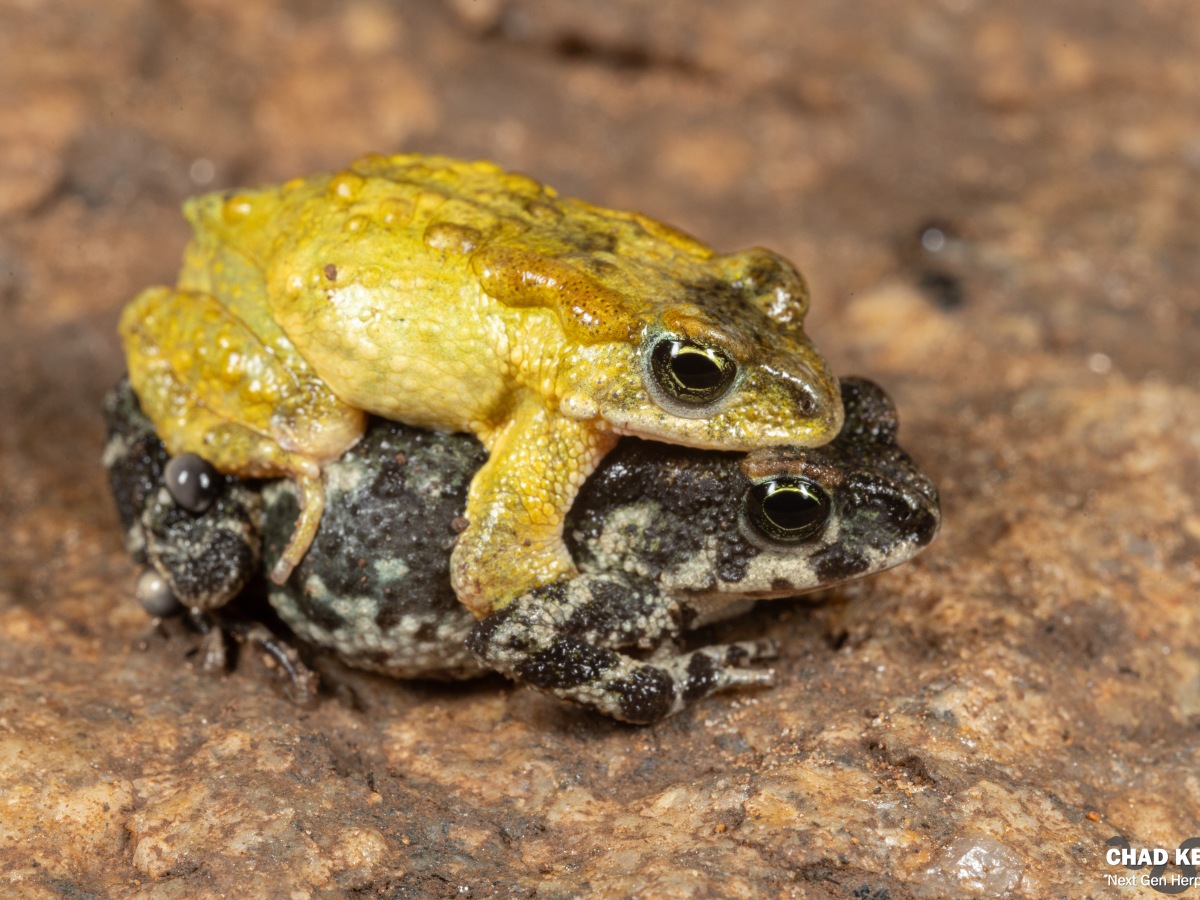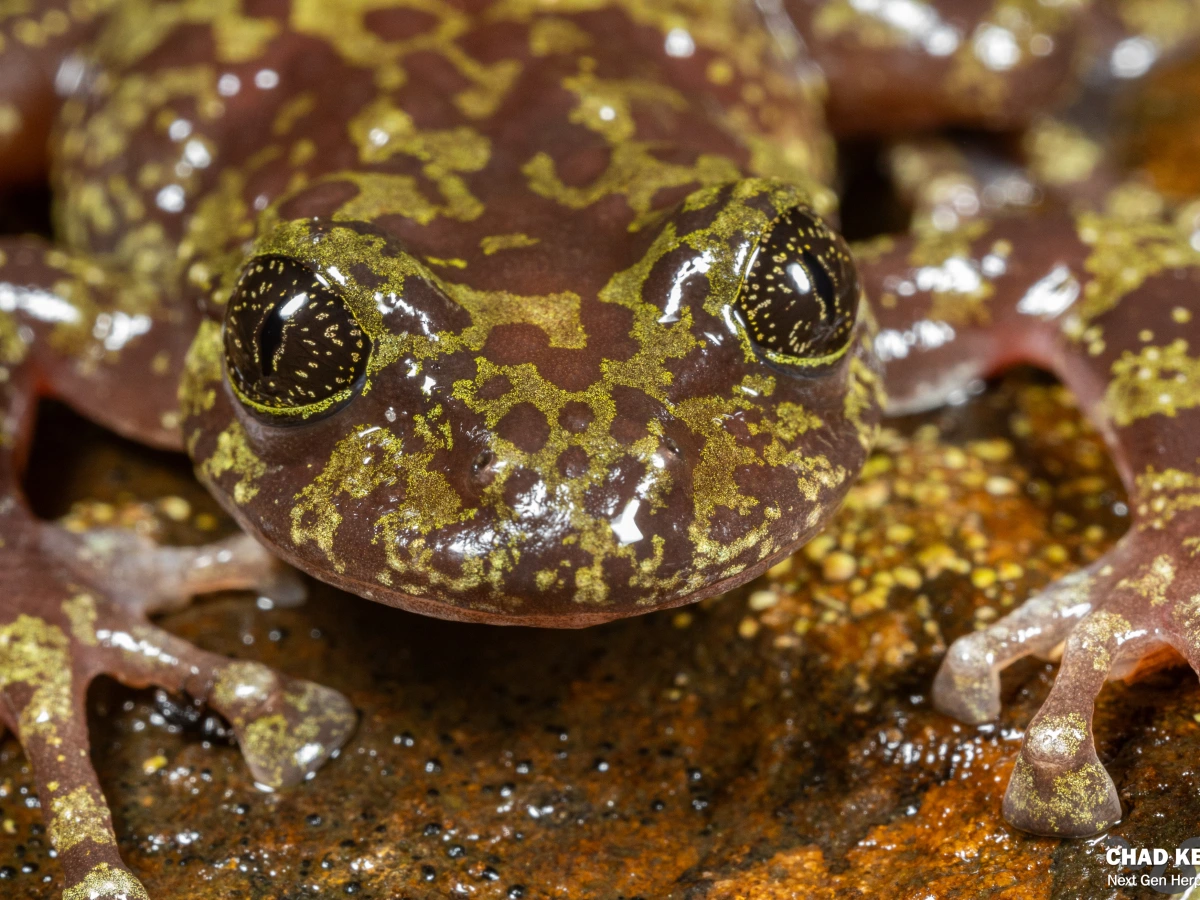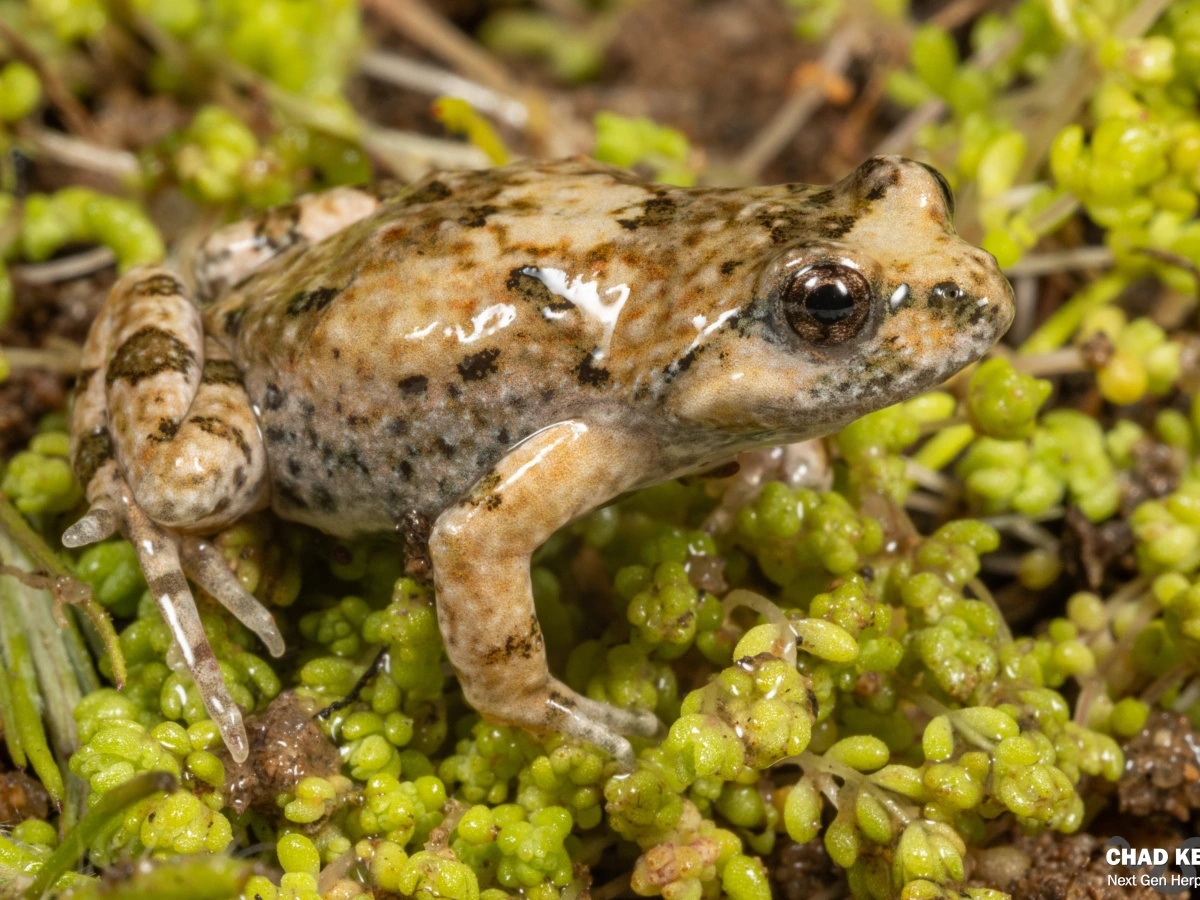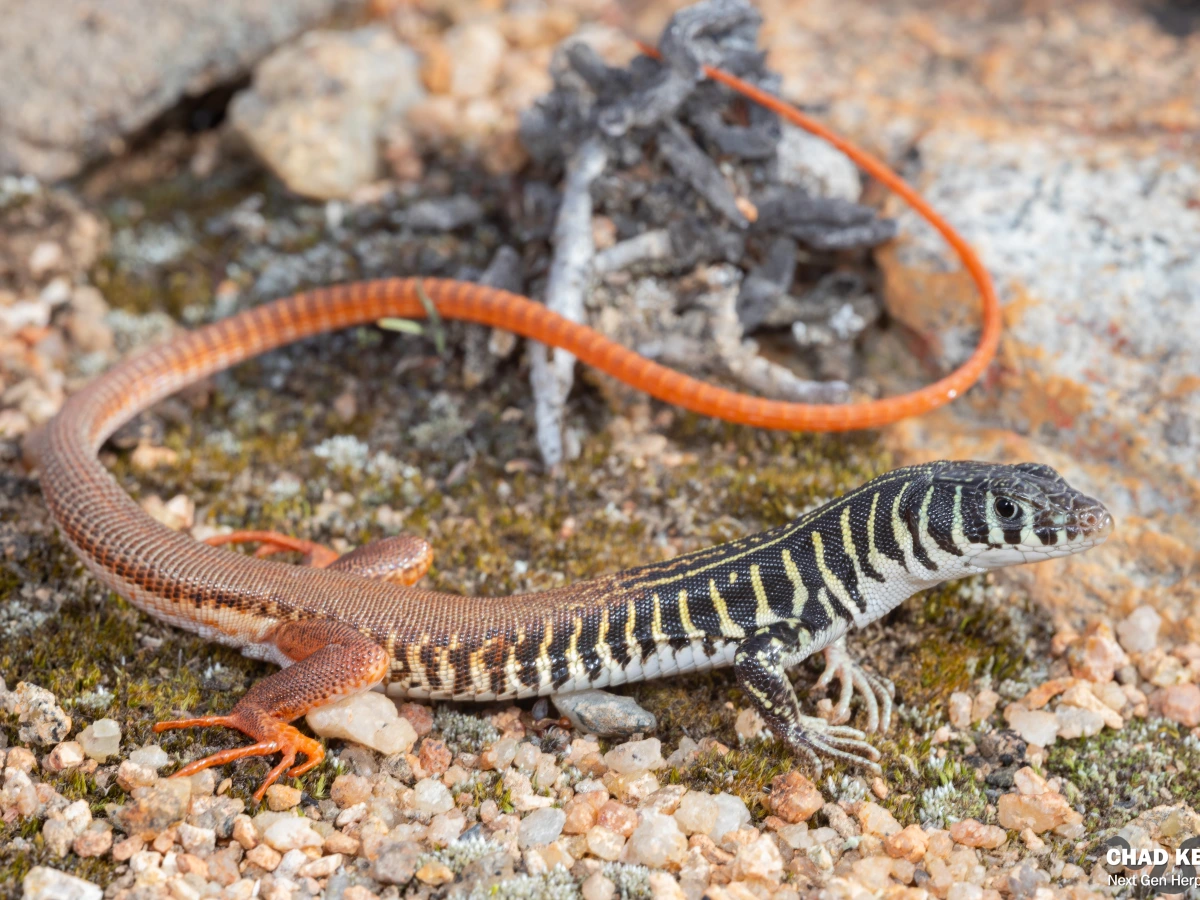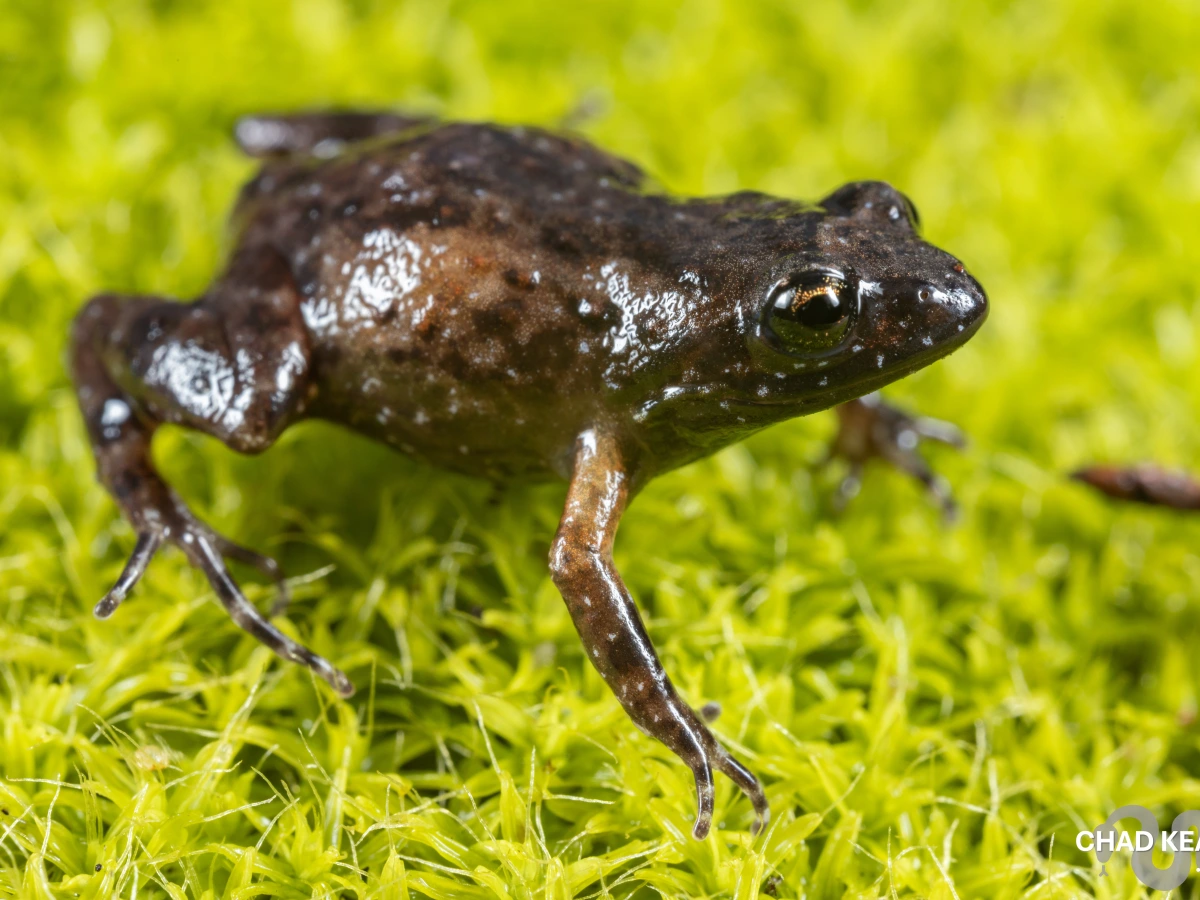Why can snakes and lizards produce live young when birds cannot?
In the animal kingdom, the ability to reproduce is one of the most critical abilities in an animal’s arsenal because it ensures the survival of the species. There are however three different types of reproduction namely viviparous, ovoviviparous and oviparous reproduction. Viviparity is the ability to produce live young, oviparity is the ability to produce eggs that hatch outside of the uterus and ovoviviparous reproduction is the retention of the egg within the uterus until hatching.
Viviparity is the most recently evolved method of reproduction and has evolved over 160 times in animals. Viviparity is thus present in bony fish, amphibians and most mammals with at least 20% of the snake and lizard species displaying viviparity. What is so interesting about viviparity is that is not present in any birds yet it is present in both lizards and snakes which represent an older order of animals. Birds date back to the Jurassic and there are approximately 9000 species of them which exhibit incredible morphological and ecological diversity, yet not one of them has the ability to produce live young.
The only other class among the vertebrates that cannot produce live young is the class Agnatha which represent the lampreys and hagfish. They lack the prerequisites for viviparous reproduction which include internal fertilization and a chamber rich in blood vessels for incubating the developing egg. Birds however have both of these physical attributes.
Why don’t birds produce live young?
Many hypothesis exist to explain the lack of viviparity in birds but the two most studied include the flight hypothesis and the cledoic egg hypothesis. It is hypothesised that flight is a reason viviparity is absent from the bird kingdom because internal development of an embryo would incur additional weight on the bird and negatively affect the ability of the bird to fly. The hypothesis is however not fool-proof because flightless birds (ratites) such as ostriches still produce eggs even though they lack the ability to fly. Bats are another example because although they are mammals and subsequently produce live young via viviparity, they are highly accomplished fliers.
Birds have cledoic eggs which are highly calcified and thick, they allow the movement of gases but are poor at allowing the movement of water and nitrogenous waste through the walls of their shell. Bird’s eggs resemble crocodile and turtle eggs very closely and of the 250 species of turtle and 21 species of crocodile neither of them have evolved viviparity, making the cledoic egg a possible reason for the lack of viviparity in animals. Embryos have a high metabolic requirement and due to the specialised shell of the bird, don’t grow well in the low oxygen and high carbon dioxide environment of the uterus.
Another hypothesis is that the internal temperatures of birds are unsuitable for the production of live young. The resting temperature of birds is approximately 41 degrees whilst the optimal temperature for egg incubation lies between 34 and 38 degrees. In chickens, eggs have a higher chance of mortality if they are retained by the mother for too long due to an excess of heat and carbon dioxide.
Viviparity is a reproductive strategy and would only evolve in birds if the benefits of having it outweighed the costs. In simple terms maybe viviparity never evolved in birds because oviparity was already a successful form of reproduction.
Birds have adapted a suite of reproductive strategies that work hand in hand with oviparity. These include the production of multiple offspring, complex parental care and incubation. Developing embryos are protected from disease and environmental factors by the albumen, egg shell and the accompanying membranes. Parents provide protection and warmth via thermoregulation whilst egg camouflage and nests protect the eggs from predators. The introduction of viviparity could very well decrease the fitness of birds by reducing the amount of offspring they can produce, increasing the chance of death in the mother and reducing the amount of male investment in chick rearing.
The special adaptations associated with egg laying in birds probably evolved early in the history of the class and certainly before the period in which birds started diversifying into the many species we have today. Although it is unknown why birds reproduce in the way they do it is common knowledge in the scientific community that they are a highly successful class that reproduce highly effectively regardless of the fact that they still lay eggs.
How does viviparity occur in snakes and lizards?
If not a single bird is able to produce live young, how it that snakes and lizards are able to when all of their ancestors previously produced eggs.
Firstly, birds are very different from the oviparous vertebrate ancestors that eventually made the leap to viviparity. Secondly, not all reptiles are able to reproduce live young. Neither the dinosaurs of the Jurassic period nor the crocodiles or turtles of today can produce live young.
What links all these animals is the structure of the egg: the eggs are thick and heavily calcified, making it harder for certain gases to pass through their membranes. In the closed off environment of the uterus, gas movement becomes an even bigger problem. Squamate (snakes and lizards) shells are markedly thinner and less rigid making this less of a problem.
In the squamates it is believed that exposure to cold environments is one of the deciding factors in their movement towards producing live young. In a cold environment the egg of the mother would experience that cold because of its presence in the nest. These cold conditions could slow or even cause death in the developing embryo. If the egg is retained within the mother its chances of survival are markedly improved because it can acquire the optimal incubating temperature from within the mother because she can attain a high body temperature through her interaction with the environment.
Other factors that influence the evolution of viviparity in squamates include predation, flooding, dehydration, ultraviolet attack, microbial attacks and moisture extremes. If a mother is burdened with an embryo she is less able to move and feed which can be a limiting factor, but when it comes to reptiles such as snakes and lizards, they tend to huddle around their eggs once laid to protect them so retaining the embryo won’t make much difference to the female.
In terms of predation, if the egg is retained within the female it can’t be eaten unless the mother herself is eaten. Finally moisture extremes on the ground can cause disease so if the egg is retained, it is protected from extremes in the environment.
Conclusion
Much like birds, the reproductive capability of live birthing will only evolve in squamates if the benefits outweigh the costs. In order to become fully viviparous, evolution must favour the intermediary stages because evolution is gradual. What this means is that an animal isn’t instantly viviparous but rather becomes viviparous over time with changes such as the lengthening of the time the egg is retained within the female and the development of a placenta. In certain squamates it is clear that viviparity is beneficial because it exists in the animal and thus the lack of viviparity in birds is a sign that birds don’t gain any benefit from viviparity because no viviparous birds exist.
 Chad Keates
Chad Keates 